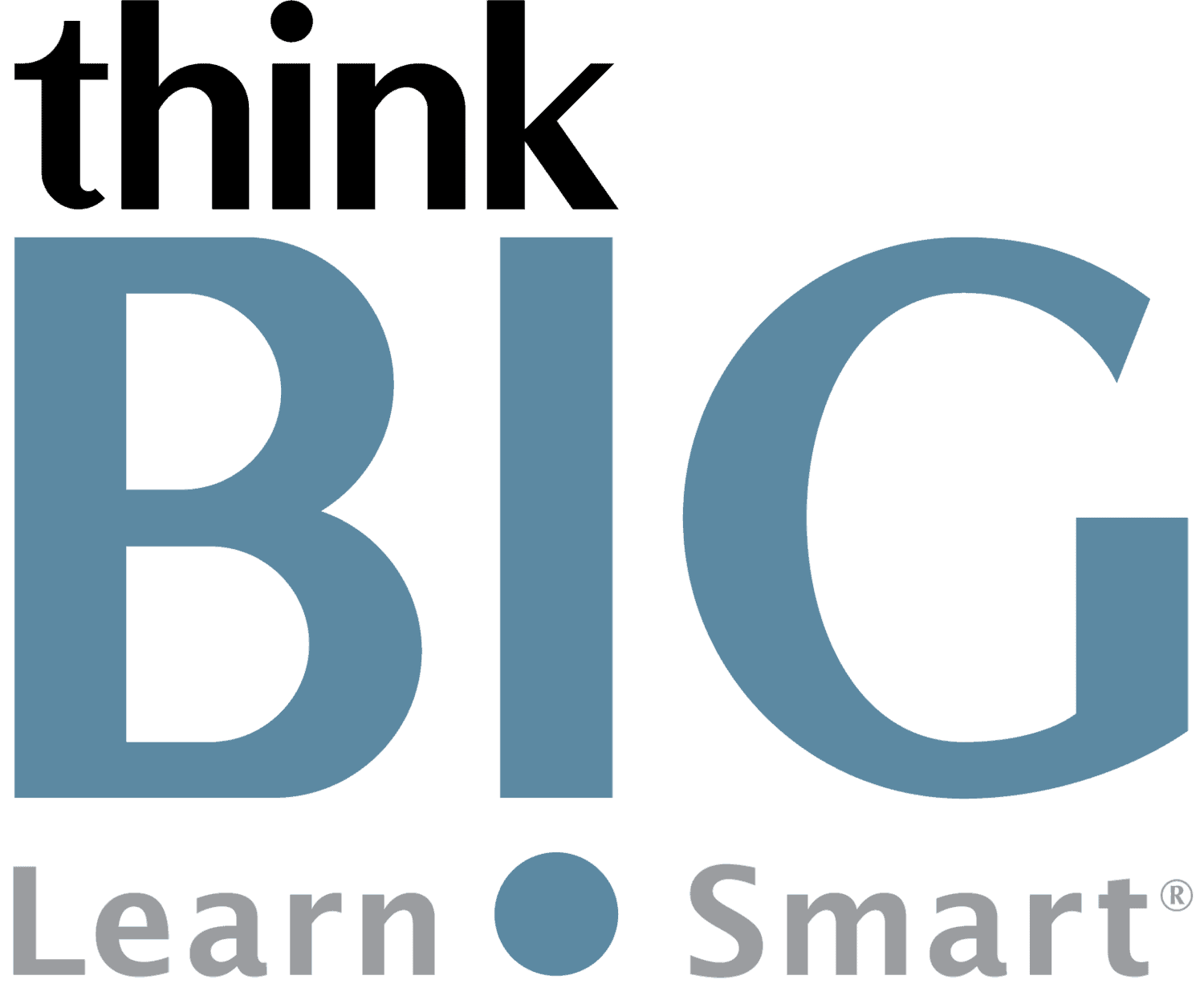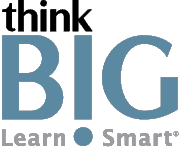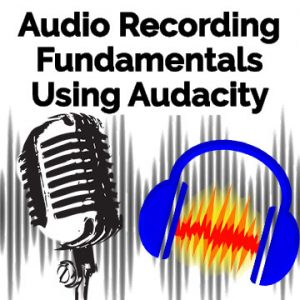Audio Recording Fundamentals Using Audition Live Hands-On Instructor-Led Training Class
Virtual Online Live Training (VOLT™) Access from Anywhere
Outline & Course Information
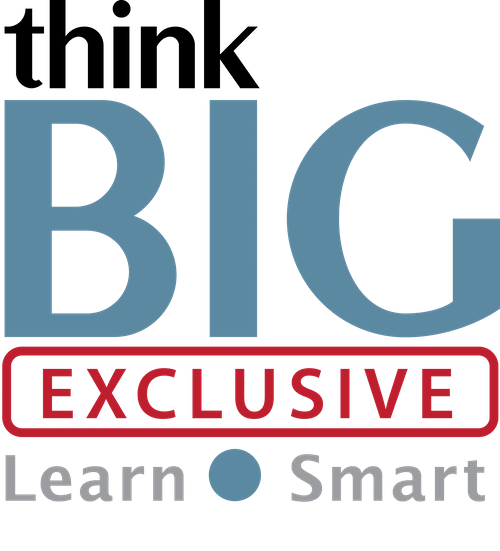 Duration & Times: 2 Days – 8:30AM-3:00PM EST
Duration & Times: 2 Days – 8:30AM-3:00PM EST
Locations for Training:
Course Description: In this two-day Audio Recording Fundamentals Using Audition training course, you will learn best practices of creating high-quality sound recordings and time-tested techniques. You will gain knowledge about the arrangements of various types of microphones and recorders and explore emerging technologies in the professional audio industry. You will use Audition to learn basic audio editing, audio restoration, master, creating and recording files, capturing/finding audio, multitrack sessions, effects, generators, analyzers, and more! This course is useful for Audio & Video Professionals using applications such as Adobe Audition, Audacity, DaVinci Resolve, Adobe Premiere Pro, Final Cut Pro, and Pro Tools, and for eLearning Professionals using applications such as Adobe Captivate, Articulate Storyline, and Camtasia (for eLearning voiceovers or narration, etc.)
Prerequisites: No previous audio recording experience is required. It is useful for students to have experience with audio recording equipment and Adobe software products.
Required Technical Set-Up:
• Primary computer connected to a second monitor OR second computer to view instructor live
• Reliable High-speed internet connection
• Web Browser: Google Chrome Preferred (Alternative: Microsoft Edge)
• 3-Button Computer mouse
• Audio Speaker/Microphone (built-in to computer or external)
Job Roles That Use Audio Recording:
Multimedia Professional and eLearning Developers that are new to Production
Projects That Use Audio Recording:
Video, Mobile, Web, and DVD Multimedia, and eLearning Development, Recording Voiceovers, Podcasting, Video Production, Radio Production, Training Tutorials, Narration
Audio Recording Fundamentals Using Audition Course Outline
1. Getting Started
2. Set up Audition
3. Audacity Interface
4. Basic Editing
5. Audio Restoration
6. Mastering
7. Creating and Recording Files
8. Capturing/Finding Audio
9. Multitrack Sessions
10. Effects, Generators, and Analyzers
11. Waveform vs Spectrogram
12. Special Scenarios
13. Preferences
14. References
Disclaimer: All course objectives and outlines are used as a guideline and are subject to change to ensure the latest information is covered to support real-world use of the technology.
Software Versions: ThinkB!G open enrollment classes are taught on the most current version of software whenever possible. To request a specific version, please Contact Us or call us at 301-362-2250.
What You Get
- Instructor Led Hands-On Virtual Online Live Training (VOLT™) & Certification
- Training Delivered from Certified Instructors that are Senior Consultants
- Digital Official Curriculum Courseware (Not Used During Class) & Personal Use of Class Recording for Limited Time
- Certificate of Completion
- Remote Access to ThinkB!G Class Computer with Software licenses & Class Files Pre-Installed for Use During Training--No Installs or Downloads
- Instructor's Real-Time View of ThinkB!G Class Computer Screen for Immediate Live Interactive Support
- If Certification Training is Selected, It May Include a Test Prep Tool, Testing Voucher with Free Retake, and Proctor Fee (if taken with ThinkB!G Virtually)
- Note: IT Support is Available to Pre-Flight Virtual Class Set Up Before & During Training
Pricing
Public Enrollment Training Pricing
Commercial Price Per Person 2-Day Class: $795
GSA/Government Price Per Person 2-Day Class: $640.81
Non-Profit/Education Price Per Person 2-Day Class: $745
Need Private Custom Training for Your Team?
Dates to Register
| Event | Venue | Start Date | End Date | |
|---|---|---|---|---|
| Audio Recording Using Audition | Audio Recording / Audition Virtual Classroom |
|
|
Sold Out |
| Audio Recording Using Audition | Audio Recording / Audition Virtual Classroom |
|
|
Learn More |
| Audio Recording Fundamentals Using Audition | Audio Recording / Audition Virtual Classroom |
|
|
Learn More |
| Audio Recording Fundamentals Using Audition | Audio Recording / Audition Virtual Classroom |
|
|
Learn More |
| Audio Recording Fundamentals Using Audition | Audio Recording / Audition Virtual Classroom |
|
|
Learn More |
Custom Private Training
We offer this course as Custom Private Training or Project Based Training®!
If you have a team of individuals, you can receive bulk discounts by doing your own Private training session & cover your specific learning objectives!
What's Included?
- Custom Outline to include Targeted Topics Based on Your Learning Needs
- Instructor Led Hands-On Virtual Online Live Training (VOLT™) & Certification
- Training Delivered from Certified Instructors that are Senior Consultants
- Official Curriculum Courseware & Personal Use of Class Recording for Limited Time
- Certificate of Completion
- Remote Access to ThinkB!G Class Computer with Software licenses & Class Files Pre-Installed for Use During Training--No Installs or Downloads
- Instructor's Real-Time View of ThinkB!G Class Computer Screen for Immediate Live Interactive Support
- If Certification Training is Selected, It May Include a Test Prep Tool, Testing Voucher with Free Retake, and Proctor Fee (if taken with ThinkB!G Virtually)
- Note: IT Support is Available to Pre-Flight Virtual Class Set Up Before & During Training
Submit details and a formal training quote will be sent to you!
Policies
Payment Policy for Public Enrollment Classes
Payment and/or Purchase Order is required 16 Business Days (Monday-Friday) prior to first date of training class.
Payment Policy for Private & Project Based Training® Classes
Payment and/or Purchase Order is required 16 Business Days (Monday-Friday) prior to first date of training service. Pricing provided is firm fixed price based on number of students. Client is responsible for entire amount regardless of change in number of registrations.
Cancellation/Rescheduling Policy for Public Enrollment Classes
- Classes may be canceled if less than 4 students are registered. We will notify you of cancellations no later than 16 business days prior to class.
- Canceling/Rescheduling more than 16 business days prior to class: You are eligible for a refund or free reschedule. Registration is transferable to another student for the same class & date.
- Canceling/Rescheduling less than 16 business days prior to class: No refund. No Reschedule. Registration is transferable to another student for the same class & date.
- No Shows without contact: No refund. No Reschedule.
Cancellation/Rescheduling Policy for Custom/Private and On-Site Training Classes
- No penalty if cancellation/reschedule is 16 Business Days (Monday-Friday) prior to the first date of class.
- 50% penalty will be incurred if cancellation/reschedule is less than 16 Business Days (Monday-Friday) prior to the first date of class. This fee is to cover instructor expenses, travel, and course materials purchased.
Cancellation/Rescheduling Policy for Individual Students in Custom/Private Training Classes
- Individual students registered in a private class, who cancel or do not show, are not eligible for a partial refund or reschedule. Registration is transferable to another student. Please contact your class organizer or manager if you need to cancel.
Reviews
Average Review: 4.91 out of 5 - 11 Reviews
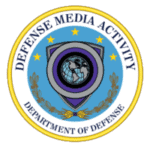
The Class Was Excellent!

10/10 Would Come Back For More Training!
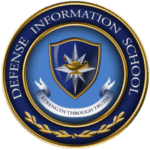
The Class Was Great And Even Though It Was Online!

Very Great Experience!

Excellent Class!

Easy To Follow Along And Very Informative!

Learned so many functions!

Easy to Follow & Informative!

This is my second training that I have attended.

Always Impressed by the Top-Notch Instruction

